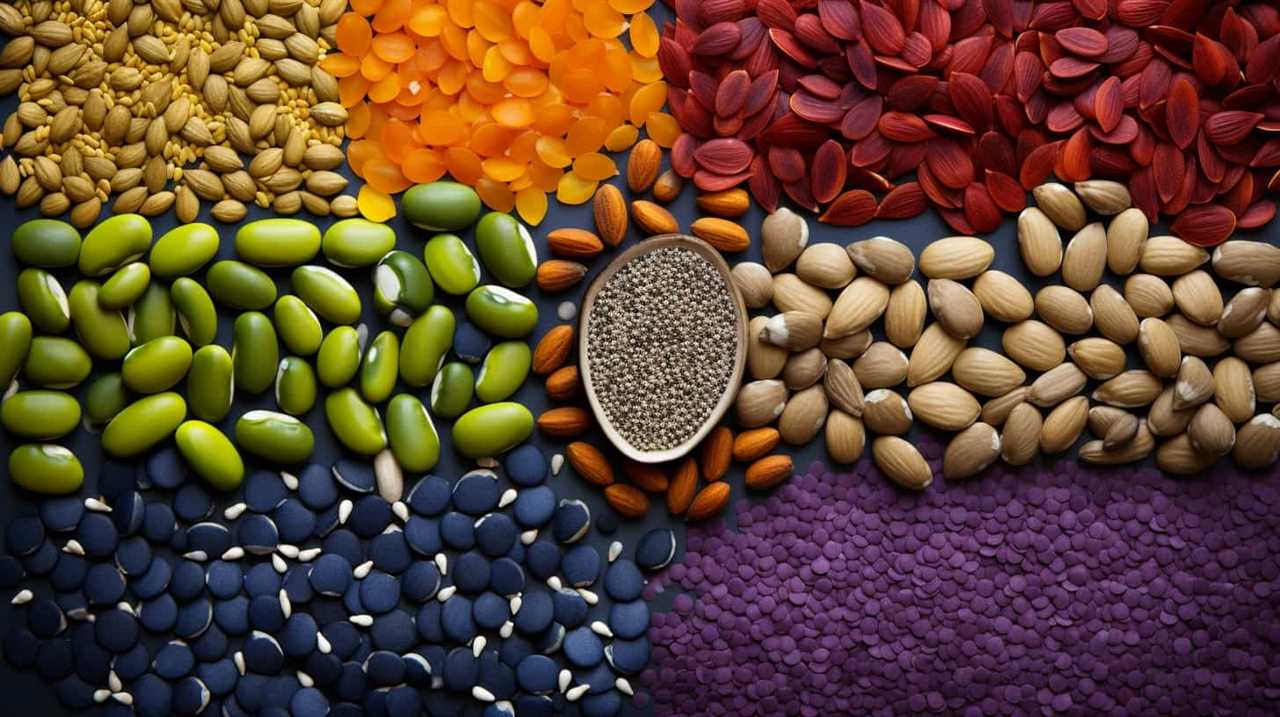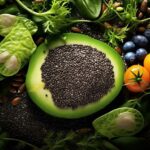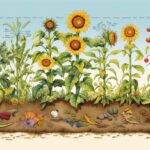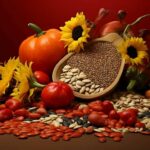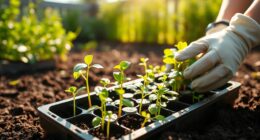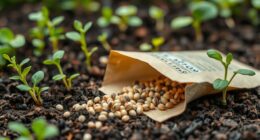Our research shows that 80% of failures in commercial seed production are due to preventable mistakes.
In this article, we’ll explore the top tactics that successful seed producers use to overcome these challenges.
From careful seed selection and sourcing to efficient harvesting techniques, we’ll delve into the precise and analytical strategies that can lead to liberation from common pitfalls in commercial seed production.
Join us as we uncover the secrets to achieving success in this critical industry.
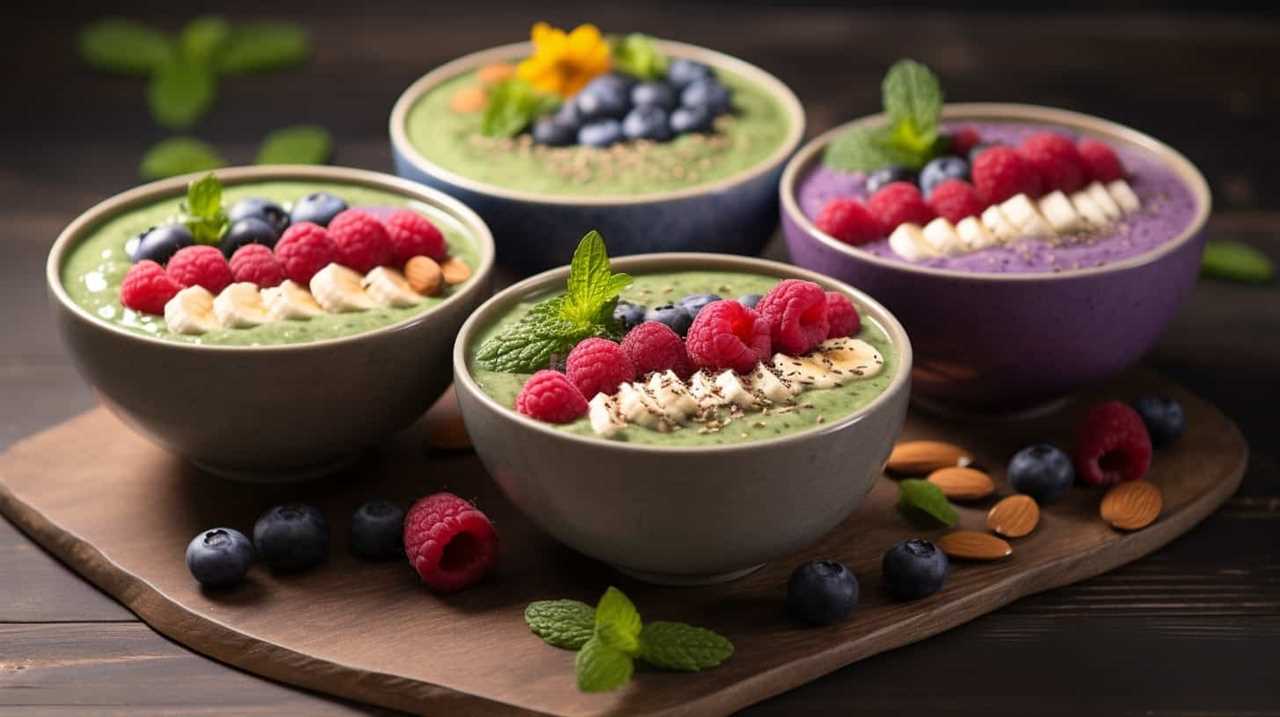
Key Takeaways
- Importance of seed quality control in commercial seed production
- Utilizing advanced technology and precision planting techniques for optimal results
- Integrated pest management and regular monitoring for effective pest and disease management
- Proper irrigation and nutrient management practices for sustainable seed production
Seed Selection and Sourcing
In commercial seed production, we must carefully consider the process of seed selection and sourcing through the use of reliable suppliers and thorough evaluation.
Seed quality control is of utmost importance in ensuring the success of our crops. We must prioritize genetic diversity, as it allows for resilience against diseases, pests, and changing environmental conditions. Through meticulous evaluation, we can identify seeds that possess the desired traits and characteristics, ensuring the production of high-quality crops.
By sourcing from trustworthy suppliers, we can have confidence in the authenticity and quality of the seeds we acquire. This rigorous approach to seed selection and sourcing sets the foundation for optimal planting techniques, which we’ll discuss in the subsequent section.
It’s essential to establish a strong foundation to maximize our chances of success in commercial seed production.
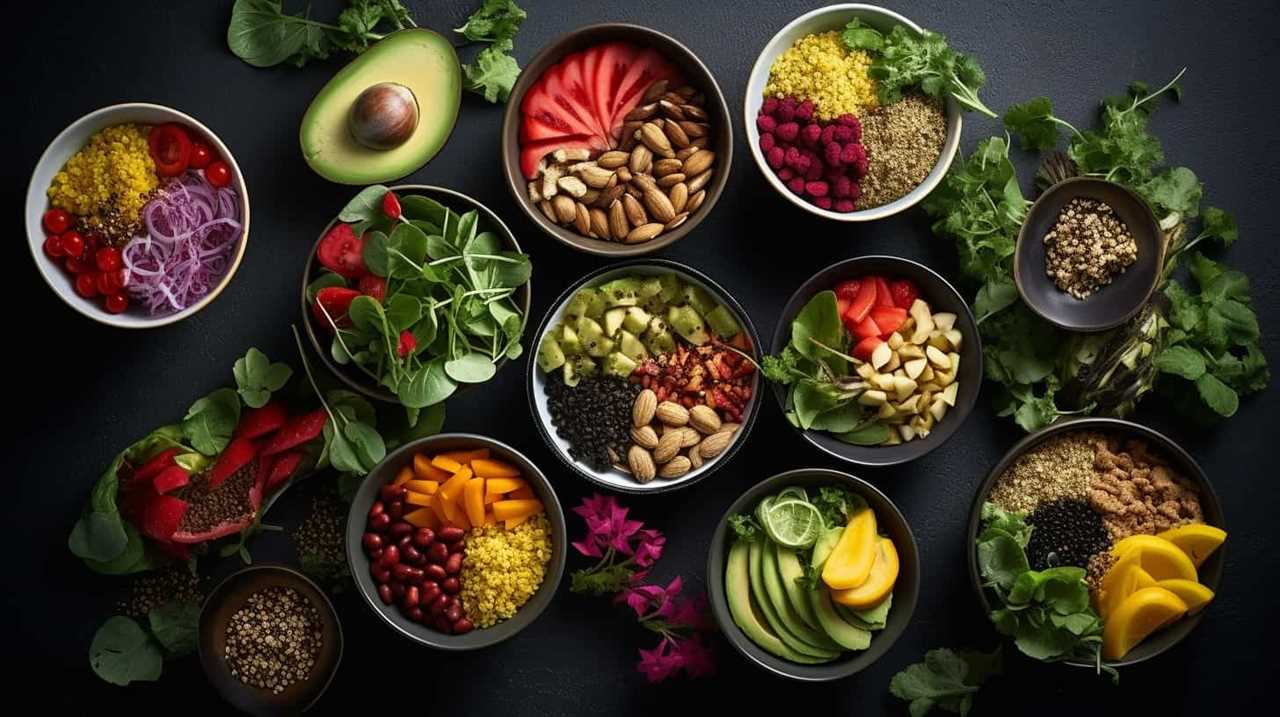
Optimal Planting Techniques
To ensure successful commercial seed production, we employ optimal planting techniques that maximize our crop’s growth and yield. Precision planting is key to achieving uniform seed distribution and spacing, which are crucial for optimal plant development. By using advanced planting technology, such as GPS-guided planting equipment, we can ensure precise seed placement in the field.
This not only minimizes seed waste but also allows for efficient use of resources, such as water and fertilizers. Additionally, proper seed spacing helps to prevent competition among plants for resources, ensuring each plant has sufficient room to grow and develop. These precise planting techniques contribute to higher crop yields and better quality seeds.
Now, let’s transition into discussing effective pest and disease management, which is vital for safeguarding the health and productivity of our crops.
Effective Pest and Disease Management
Now, let’s delve into how we effectively manage pests and diseases to safeguard the health and productivity of our crops while optimizing commercial seed production. Integrated pest management (IPM) is a holistic approach that combines various techniques to minimize pest and disease damage. One key strategy is the use of resistant crop varieties, which are genetically modified to possess natural defenses against specific pests and diseases. This reduces the need for chemical pesticides and promotes a healthier environment. Additionally, IPM involves regular monitoring and early detection of pests and diseases, allowing for timely intervention. Cultural practices such as crop rotation, proper sanitation, and maintaining optimal plant spacing also play a crucial role in preventing infestations. By implementing these strategies, we can effectively manage pests and diseases while ensuring the quality and quantity of our commercial seed production.
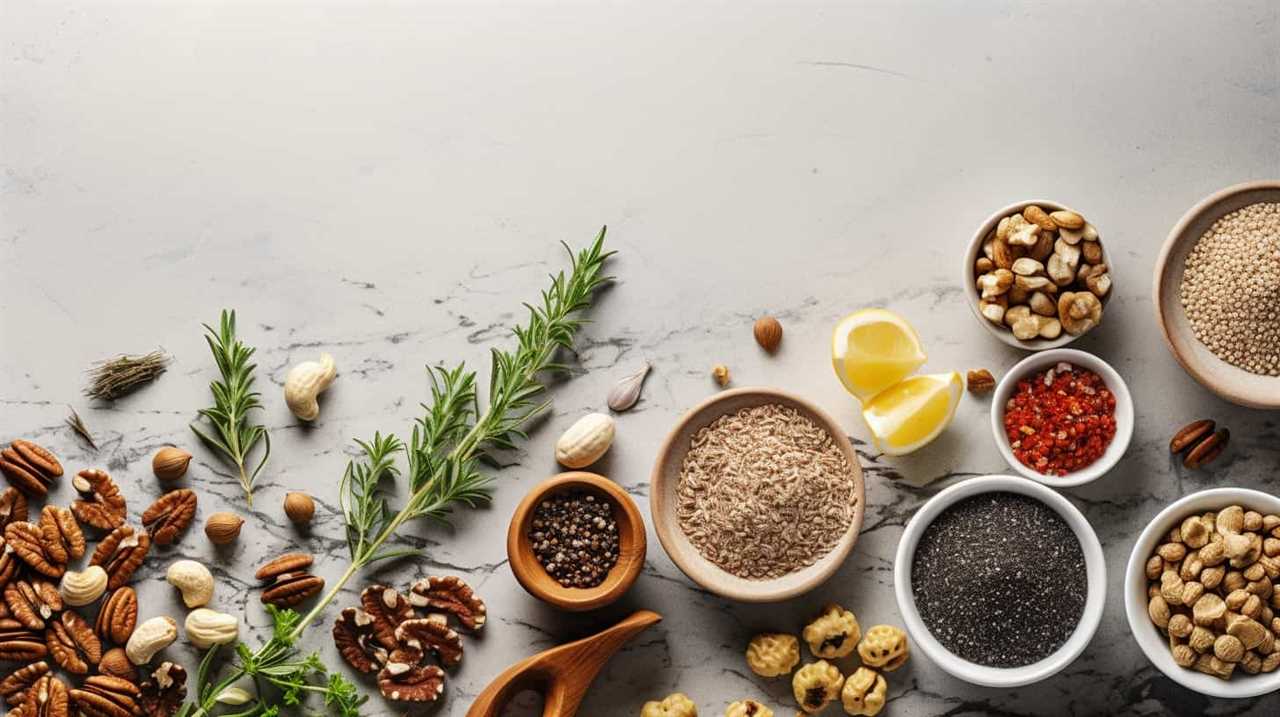
| Integrated Pest Management (IPM) Techniques | Benefits | Examples |
|---|---|---|
| Use of resistant crop varieties | Reduced chemical pesticide use, improved crop health | Bt cotton, disease-resistant tomatoes |
| Regular monitoring and early detection | Timely intervention, minimized crop damage | Scouting for pests, installing pheromone traps |
| Cultural practices | Prevention of infestations, improved plant health | Crop rotation, proper sanitation, optimal plant spacing |
Proper Irrigation and Nutrient Management
Our approach to optimizing commercial seed production involves implementing effective strategies for proper irrigation and nutrient management.
Water conservation is a crucial aspect of irrigation, as it ensures the efficient use of water resources while maintaining crop health. By employing techniques such as drip irrigation and mulching, we can minimize water loss through evaporation and runoff.
Additionally, precise fertilizer application is essential for providing crops with the necessary nutrients for optimal growth and seed production. We carefully analyze soil nutrient levels and tailor our fertilizer formulations accordingly, avoiding over-application that can lead to environmental pollution. Our goal is to strike a balance between supplying adequate nutrients for seed development and minimizing excessive nutrient leaching.
By implementing these strategies, we can promote sustainable seed production practices that maximize yields while minimizing environmental impact.

Now, let’s explore the next section on efficient harvesting and post-harvest handling.
Efficient Harvesting and Post-Harvest Handling
We employ efficient harvesting and post-harvest handling techniques to ensure maximum seed quality and quantity.
Mechanized harvesting plays a vital role in achieving these objectives. By utilizing modern machinery, we can efficiently harvest a large quantity of seeds within a short span of time. This not only increases productivity but also reduces labor costs. Additionally, mechanized harvesting ensures uniformity in seed quality, as it minimizes the chances of contamination and damage during the harvesting process.
Quality control is another crucial aspect of efficient post-harvest handling. We carefully inspect the harvested seeds for any signs of damage, disease, or impurities. Any substandard seeds are promptly discarded to maintain the overall quality of our seed stock.

Our commitment to efficient harvesting and post-harvest handling techniques guarantees that our customers receive the highest quality seeds for their agricultural needs.
Conclusion
In the intricate dance of commercial seed production, success lies in the careful orchestration of seed selection, planting techniques, pest and disease management, irrigation, and post-harvest handling.
Like a symphony conductor leading a harmonious performance, skilled seed producers must navigate through potential missteps to create a masterpiece of high-quality seeds.
By employing optimal tactics and avoiding common mistakes, they ensure a bountiful harvest and a flourishing future for the agricultural industry.
